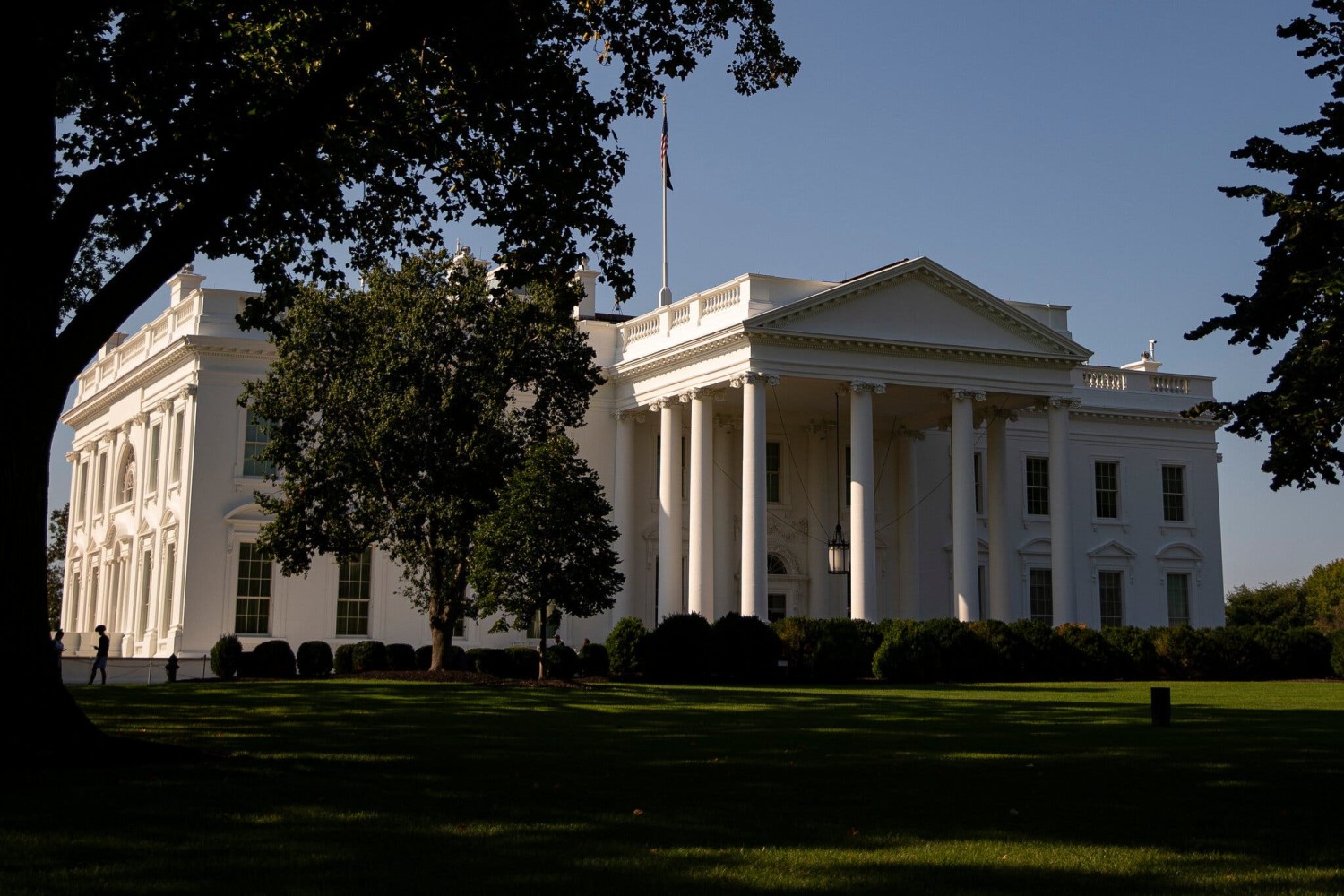
This article is more than
3 year old
The judge maintained that former President Obama exceeded his authority with the program, which has allowed undocumented migrants to avoid deportation.
A federal judge in Texas on Wednesday rejected the Biden administration’s latest effort to save a program that has shielded hundreds of thousands of undocumented young adults from deportation, saying that it remained unlawful even after recent changes.
The judge, Andrew S. Hanen of the Federal District Court in Houston, maintained that President Barack Obama exceeded his authority when he created the Deferred Action for Childhood Arrivals program, or DACA, by executive action in 2012.
The decision is the latest twist in a five-year-long court saga that has left the program and its beneficiaries, known as Dreamers, hanging in the balance. While the ruling is a blow to the immigrants, the judge did not mandate an immediate end to the program. Current applicants will be able to keep and renew their protection. No new applications will be allowed.
The Biden administration initiated a rule-making procedure in 2021 to explicitly attempt to bolster DACA’s legal standing, but the rule issued by the administration did not sway the judge.
“There are no material differences,” the judge wrote in his 40-page opinion. But he added that his decision did not compel the government to “take any immigration, deportation or criminal action against any DACA recipient.”
The government is almost certain to appeal the decision to the U.S. Court of Appeals for the Fifth Circuit, experts said, and the case is likely to end up in the Supreme Court.
Thomas A. Saenz, president and general counsel of the Mexican American Legal Defense and Educational Fund, which represented DACA beneficiaries in court, said that “it was clear that the higher courts, including the Supreme Court, would have to ultimately decide” the fate of the program.
“We look forward to continuing to defend the lawful and much-needed DACA program on review in higher courts,” he said.
The Homeland Security secretary, Alejandro Mayorkas, who rolled out the program for the agency in 2012, said he was “deeply disappointed” by the judge’s decision. He said the ruling undermined the security and stability of DACA recipients.
“The United States is the only home they have ever known,” he said in a statement. “Congress has failed to act, and now Dreamers face an uncertain future, waiting to receive the permanent protection they deserve.”
In 2021, Judge Hanen sided with Republican-led states that had sued and ruled that DACA was illegal because, among other things, the government had not fulfilled a mandatory public notice-and-comment period. He allowed current enrollees to keep renewing every two years but barred new applicants, rendering tens of thousands of younger undocumented immigrants ineligible for the benefit.
The next year, the U.S. Court of Appeals for the Fifth Circuit upheld Judge Hanen’s decision, but sent the case back to the lower court to review a new DACA rule put in place by the Biden administration to address the concern about the implementation process.
In his opinion on Wednesday, Judge Hanen, nominated by President George W. Bush, said that the administration’s effort amounted to “instituting its own solution, regardless of the dictates of Congress.”
He added: “The executive branch cannot usurp the power bestowed on Congress by the Constitution — even to fill a void.”
Judge Hanen said that the new rule was unlawful for the same reasons that the 2012 memorandum that created DACA was.
Since taking effect 11 years ago, the program has benefited more than 800,000 young people; currently, about 600,000 people are enrolled.
DACA beneficiaries generally were brought to the United States as children through no choice of their own. They lack lawful status because they either entered the country without papers or overstayed their visas.
The program protects them from deportation in spite of their immigration status, and allows them to receive work permits, which has enabled many of them to build careers and lives in the country.
“The uncertainty hanging over DACA holders continues, with no end in sight,” said Kathleen Bush-Joseph, a lawyer and policy analyst at the Migration Policy Institute.
Lawyers had argued that the court could selectively allow the element of the program that protected people from deportation to survive while cutting the benefit, namely work authorization. But Judge Hanen deemed the entire program unlawful.
“If this court were to slice away all of the DACA associated benefits, it would completely gut the program,” the judge wrote.
The average age of recipients was 21 when DACA was established. Now, most are in their 30s. Many have completed college, begun careers, started families and bought homes.
Most beneficiaries are from Latin America, but some immigrated from Asia and Africa.
Since qualifying for the program, Sebastian Melendez has completed nursing school and started working at Johns Hopkins Hospital in Baltimore, doing 12-hour shifts in the postoperative unit.
“I love serving, and DACA gave me the opportunity to make my dreams come true,” said Mr. Melendez, 25, who was born in Peru. Since becoming a registered nurse, he has bought a car, rented an apartment and helped his parents financially.
National polls have repeatedly found that Americans across the political spectrum favor granting Dreamers legal status. But a legislative solution never materialized, and DACA has been under attack by Republican immigration hawks and mired in legal battles.
“It’s time for Congress to come up with a permanent solution instead of stringing us along for another 10 years,” Mr. Melendez said.
In introducing DACA in 2012, Mr. Obama described it as a stopgap measure until Congress acted. But hopes of a legislative fix faded amid an increasingly rancorous political debate over illegal immigration and border security.
Successive bills have collapsed in Congress since 2001, when the Development, Relief and Education for Alien Minors, or Dream Act, was first introduced with bipartisan support.
And the survival of the Obama-era program has been under threat since President Donald J. Trump fulfilled a campaign promise to terminate DACA in 2017.
The Supreme Court reinstated it after finding in 2020 that the Trump administration had not adequately justified eliminating it. But the high court did not rule on the legality of Mr. Obama’s creating the program.
At the same time, several states led by Texas filed suit in federal court in 2018, arguing that DACA was unlawful and that it imposed education and health care costs on them.
To be eligible for DACA, immigrants must have lived in the United States for much of their lives, passed a background check and completed high school, among other requirements.
Beneficiaries have been hired by companies in the manufacturing, technology and health care sectors. Many of those companies have lobbied forcefully to maintain DACA, and for Congress to legalize the group.
Miriam Jordan reports from the grassroots perspective on immigrants and their impact on the demographics, society and economy of the United States. Before joining The Times, she covered immigration at the Wall Street Journal and was a correspondent in Brazil, India, Hong Kong and Israel. More about Miriam Jordan